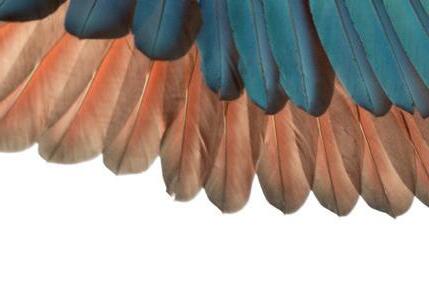
2 minute read
EXPERT OPINION
We find the best advice, so you don’t have to.
Rethinking Husbandry with Rebecca Taylor of Becks Bird Barn
Advertisement
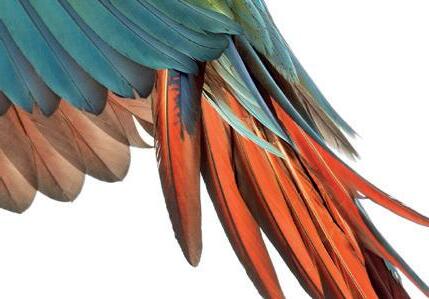
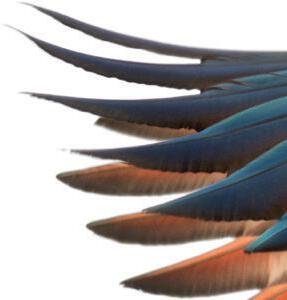
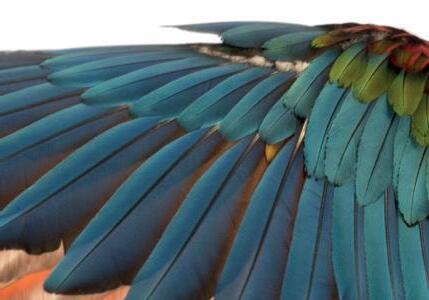
For many experts across a range of fields in the exotic pet industry, breaking away from old ideas is extremely difficult. Much like a more conventional craft, perfecting great husbandry takes years of dedication and experience. However, breakthroughs in sciences such as zoology and nutrition, as well as product development can open many more avenues to perfect that craft further. Rethinking and re-evaluating approaches to each aspect of animal care is fundamental to staying at the top of the game.
Rebecca Taylor has an impressive reputation in the aviculture industry. As well as breeding thousands of birds from dozens of species since the 1980s, Becks Bird Barn has been praised by hobbyists for decades. She judged countless bird shows, pioneered the use of Java branches and provided vital research to the West Palm Beach Vets Conference. Despite this wealth of achievements, Becks considers learning and re-evaluating approaches to exotic pet care to be fundamental to success.
Rebecca recited an interesting anecdote to Exotics Keeper Magazine. She said: “We had two pairs of green wing macaws come into us. The owner was an experienced keeper and had kept both pairs with the intention of breeding them. He had told us that neither pair had shown any sign of successful mating in the many years he had owned them, but he did not want to break them up as macaws famously mate for life.”
“He had also mentioned that their aviaries were side by side. This one particular day, we had our vet on site as I explained about these two green winged macaws. I had decided to let them into one of our large flights to observe what might happen. The second we let them into the flight, the pairs swapped partners immediately. They had been kept in separate aviaries side by side from each other with a different partner for years. Our vet stood within the flight with his jaw wide open. Pedro, one of the males, began feeding the other female almost immediately after being released into the flight. We ended up raising so many chicks from that pair. The point here is that there is always something that can change to maximise animal welfare. A lot of breeding pairs aren’t incompatible, they just require their keeper to change something very small within their environment.”
Exotics keepers can suffer from the same ‘tunnel vision’ as artists and therefore it is important to regularly re-evaluate every aspect of animal care from top to bottom. Even adjusting the heights and diameters of perches for parrots and arboreal snakes or relocating the food or water dish can result in significant changes in animal behaviour.
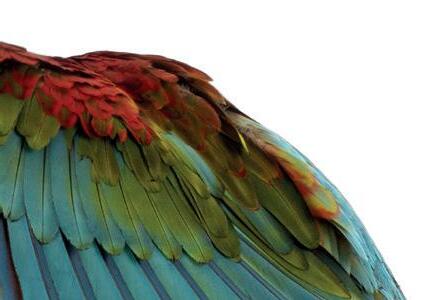
Rebecca continued: “Back in the 80s we were doing lots of ground-breaking stuff, because a lot of things were new. Even just being a woman in the industry seemed to take a lot of people by surprise. Knowing that we would be in this for the long term gave us more room to experiment and make mistakes. It also gave us the opportunity to adjust things, refine how we worked, observe the birds and get things right.”
“I think this comes from the stockmanship of owning a farm. If something is wrong, it is your responsibility to notice it and fix it. Well, it’s the same with exotics, constantly adapting and revaluating your approach can lead to happier, healthier animals.”
For novices trying to create the ideal set up for their first reptile, or expert breeders perfecting the seasons of an obscure pacific island, an openminded approach is a valuable tool. Hobbyists on all levels are often just one minor adjustment from a major breakthrough.










